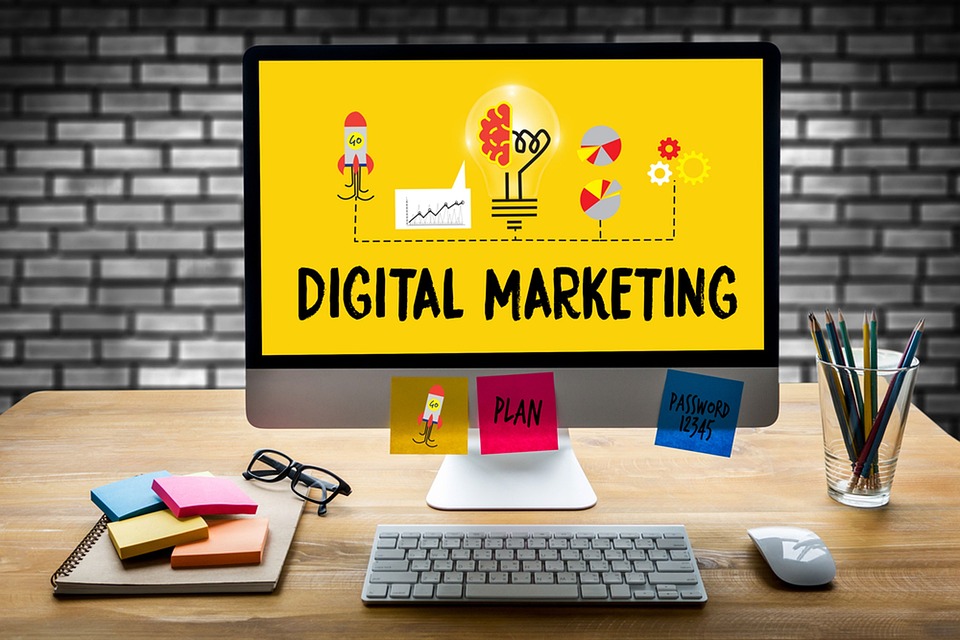In the ever-evolving landscape of digital marketing, keeping abreast of the latest trends is crucial for businesses striving to stay competitive and relevant. New technologies, consumer behaviors, and strategies are continually emerging, compelling marketers to adapt and innovate. Here are the top five digital marketing trends to watch as you plan and execute your strategies for the coming year.
1. Artificial Intelligence and Machine Learning
Artificial Intelligence (AI) and Machine Learning (ML) have been on the rise for several years, but their impact on digital marketing is more profound than ever before. These technologies are enabling a level of personalization, efficiency, and insight that was previously unattainable.
Personalization at Scale
AI and ML can analyze vast amounts of data to identify patterns and trends, enabling marketers to deliver highly personalized content and experiences. For instance, email marketing campaigns powered by AI can segment audiences based on behavior, preferences, and past interactions, ensuring that the right message reaches the right person at the right time.
Predictive Analytics
Machine Learning models can predict future consumer behaviors and trends more accurately, allowing businesses to anticipate market shifts and customer needs. Predictive analytics enables better decision-making and more strategic planning, ultimately driving higher ROI.
Chatbots and Conversational AI
Chatbots and Voice Search are also part of this trend. These tools provide 24/7 customer service, improve user experience, and gather valuable data on consumer questions and concerns. Advanced chatbots can handle more complex inquiries and provide personalized solutions, enhancing customer satisfaction and engagement.
2. Video Marketing
Video marketing has proven to be one of the most effective forms of content for engaging and converting audiences. In an age where attention spans are shrinking, video offers an impactful way to capture interest quickly.
Live Streaming
Live streaming has gained massive popularity, especially on platforms like Facebook, Instagram, and YouTube. It provides a real-time connection with audiences, fostering authenticity and immediacy. Live Q&A sessions, product launches, and behind-the-scenes content can make your brand more relatable and accessible.
Short-Form Video Content
TikTok and Instagram Reels have set the trend for short-form video content. These bite-sized videos are highly shareable, making them great for reaching a broader audience. Brands are utilizing short-form videos for product showcases, tutorials, and storytelling, enhancing brand recall and engagement.
Interactive Videos
Interactive videos, where viewers can click, swipe, or make choices that alter the content, are becoming a powerful tool for engagement. These videos can increase user interaction, provide a unique viewer experience, and gather invaluable data on user preferences and behaviors.
3. Influencer Marketing
Influencer marketing continues to grow, but it is evolving. The focus is shifting from high-profile celebrities to micro and nano-influencers—those with smaller, yet highly engaged, followings.
Micro and Nano-Influencers
Micro-influencers (10,000-100,000 followers) and nano-influencers (less than 10,000 followers) are seen as more authentic and relatable than celebrity influencers. Their followers often view them as trustworthy sources of recommendations, which can lead to higher engagement rates and more effective marketing campaigns.
Long-Term Partnerships
Brands are moving away from one-off influencer deals to forming long-term partnerships. This approach fosters deeper relationships between the brand and the influencer, resulting in more authentic promotions and better alignment with brand values and messages.
Performance-Based Collaborations
The rise of performance-based collaborations is another significant trend. Influencers are increasingly being compensated based on the performance of their campaigns (e.g., clicks, conversions), aligning their goals with those of the brands they promote.
4. Voice Search and Smart Speakers
Voice search and the use of smart speakers like Amazon Alexa, Google Home, and Apple’s Siri are rapidly changing the way people search for information online.
Optimization for Voice Search
Voice searches are more conversational and natural than text searches, which means that businesses need to optimize their content differently. This includes focusing on long-tail keywords and answering questions directly within the content. Featured snippets and “position zero” results on Google are more critical than ever, as they are often the answers provided by voice assistants.
Audio Content
Besides optimization, the popularity of podcasts and audiobooks continues to rise. Brands are leveraging audio content to reach audiences in a more personal and engaging way. Sponsored podcasts, branded playlists, and audiobooks can offer valuable content while promoting products and services.
5. Augmented Reality (AR) and Virtual Reality (VR)
Augmented Reality and Virtual Reality are moving beyond gaming to become integral parts of digital marketing strategies. These technologies offer immersive experiences that can significantly enhance customer engagement and satisfaction.
AR for Product Visualization
AR allows consumers to visualize products in their own environment before making a purchase. Companies like IKEA and Home Depot have AR apps that let customers see how furniture or home improvement products will look in their space. This not only enhances the shopping experience but also reduces return rates.
Virtual Try-Ons
The beauty and fashion industries are pioneering the use of AR for virtual try-ons. Brands like Sephora and Warby Parker offer AR experiences that let users try on makeup and glasses virtually. This trend is likely to expand to other sectors, offering convenience and personalization to consumers.
VR for Immersive Experiences
Virtual Reality can create entirely immersive brand experiences. From virtual showrooms and tours to interactive marketing campaigns, VR enables brands to engage customers in unique ways. These experiences can significantly boost brand awareness and loyalty.
Conclusion
As digital marketing continues to evolve, staying ahead of the trends is vital for any business looking to maintain a competitive edge. From the personalized touch brought by AI and Machine Learning to the immersive experiences created by AR and VR, the possibilities are almost endless. Video marketing’s engaging power, the authenticity of influencer marketing, and the convenience of voice search further round out the top trends to watch.
By leveraging these trends effectively, businesses can build stronger connections with their audiences, create more engaging content, and ultimately drive better results from their marketing efforts. The future of digital marketing is bright, and staying informed is the first step to harnessing its full potential.


